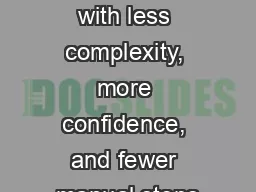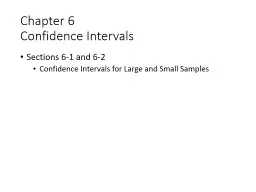PPT-Mobile development with less complexity, more confidence, and fewer manual steps
Author : cheryl-pisano | Published Date : 2018-12-08
Benjamin van der Veen Partner Survant James bvanderveen PNSQC Oct 1719 2016 SOFTWARE QUALITY CONFERENCE PACIFIC NW PNSQC Background Started doing mobile with the
Presentation Embed Code
Download Presentation
Download Presentation The PPT/PDF document "Mobile development with less complexity,..." is the property of its rightful owner. Permission is granted to download and print the materials on this website for personal, non-commercial use only, and to display it on your personal computer provided you do not modify the materials and that you retain all copyright notices contained in the materials. By downloading content from our website, you accept the terms of this agreement.
Mobile development with less complexity, more confidence, and fewer manual steps: Transcript
Download Rules Of Document
"Mobile development with less complexity, more confidence, and fewer manual steps"The content belongs to its owner. You may download and print it for personal use, without modification, and keep all copyright notices. By downloading, you agree to these terms.
Related Documents














